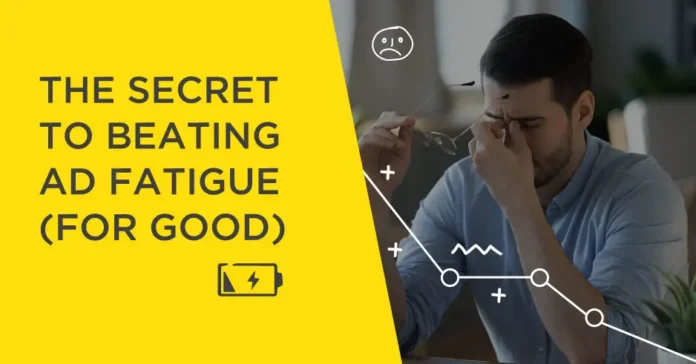Ad fatigue is an all-too-common issue in digital advertising, where the repetition of ads leads to a decline in audience engagement and effectiveness. It’s like telling the same story repeatedly until it loses its charm. The key to avoiding this pitfall lies in understanding ad fatigue and implementing strategies to keep your campaigns perpetually fresh and appealing.
The good news is that ad fatigue isn’t an insurmountable problem. It’s a challenge that can be tackled with strategic planning and innovative thinking. Understanding the root causes of ad fatigue and implementing a proactive approach to refresh and revitalize your ad campaigns is crucial. In this guide, we will go through five proven methods that can prevent ad fatigue from undermining your advertising efforts. These tactics are designed to keep your ads engaging, relevant, and effective, ensuring your audience stays captivated and responsive.
Understanding Ad Fatigue: The What and Why
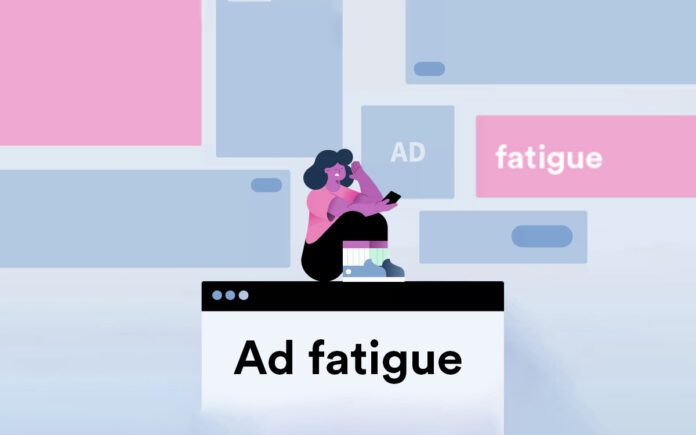
Ad fatigue occurs when your audience repeatedly encounters the same ads, leading to a gradual decline in engagement, click-through rates (CTRs), and overall campaign effectiveness. Just like hearing the same song on the radio over and over, no matter how much you liked it initially, eventually, you get tired of it. This phenomenon is particularly crucial to address in digital marketing, where the competition for audience attention is fierce, and the tolerance for repetitive content is low.
The reasons behind ad fatigue are multifaceted. On the one hand, it’s a natural outcome of overexposure. On the other, it reflects the evolving expectations of consumers who crave novelty and relevance in advertising. In a landscape flooded with content, audiences quickly tire of ads that feel stale or irrelevant. The importance of addressing ad fatigue lies in its impact: It leads to wasted advertising spend and diminishes the potency of your brand message. By understanding the ‘what’ and ‘why’ of ad fatigue, marketers can craft strategies that keep their campaigns fresh, appealing, and effective, ensuring their messages resonate with their intended audience.
The next step is to actively combat it with strategies that keep your advertising fresh and engaging. By implementing these methods, you can rejuvenate your campaigns, maintain audience interest, and drive better results. Let’s explore five key tactics that can effectively counteract ad fatigue, each designed to inject new life into your advertising efforts and sustain the impact of your digital marketing campaigns.
1. Rotate Your Ad Creatives Regularly
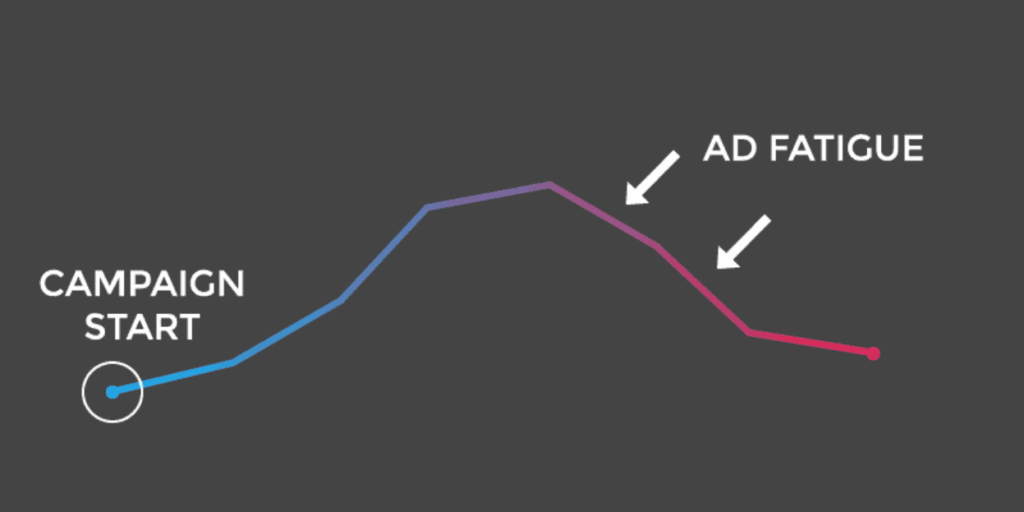
Regularly rotating your ad creatives is a fundamental yet powerful strategy in combating ad fatigue. This practice goes beyond just a superficial change; it’s about injecting new life into your ads regularly. Imagine your audience being greeted with fresh visuals, innovative copy, and creative designs that spark interest and curiosity. This periodic refresh can be as simple as updating the imagery or as comprehensive as overhauling the entire ad design.
Introducing new creatives does more than just maintain viewer interest; it also allows you to experiment with different messaging and aesthetic styles to see what resonates best with your audience. You can explore various themes, color schemes, and even narratives to keep your ads feeling new and exciting. This approach prevents your audience from growing tired of the same old ads and provides valuable insights into their preferences and responses.
2. Target Different Audience Segments
One effective way to mitigate ad fatigue is by diversifying your focus across different audience segments. When the same group of people is repeatedly exposed to identical ads, it’s not long before the content loses its impact. To avoid this, segmenting your target audience based on various criteria like demographics, interests, behaviors, or even past interactions with your brand is crucial.
By tailoring your ads to cater to each segment’s distinct needs and preferences, you create a more personalized advertising experience. For instance, younger demographics might respond better to vibrant, fast-paced video ads, while a more mature audience might appreciate detailed, informative content. This targeted approach does more than just alleviate ad fatigue; it significantly enhances the relevance and appeal of your ads.
Audience segmentation allows you to deliver messages that resonate more personally, potentially increasing engagement and conversion rates. It provides an opportunity to test different creative strategies and messaging with varied segments, gaining insights that can be used to fine-tune your overall advertising strategy.
3. Experiment With Different Ad Formats

Embracing a variety of ad formats is a dynamic approach to keeping your audience engaged and preventing ad fatigue. Sticking to one type of ad format may feel safe, but it can lead to a monotonous experience for your viewers. The digital advertising landscape offers several formats, each with its unique way of capturing attention and conveying messages. Video ads, for example, can tell a compelling story or showcase a product in action, resonating emotionally with viewers. Carousel ads allow you to display multiple products or features in a single ad space, giving the audience a sense of control as they swipe through the content.
Interactive ads are another exciting format that invites audience participation, creating an engaging and memorable experience. These ads turn passive viewers into active participants by incorporating polls, quizzes, or interactive elements. Similarly, rich media ads that include animations or other engaging elements can significantly increase interaction rates compared to standard static ads.
Diversifying your ad formats helps capture and retain the audience’s attention and enables you to cater to different preferences within your audience. Some users prefer the quick information of a well-crafted image ad, while others are more engaged by the storytelling aspect of video ads. By continuously experimenting with and rotating these formats, you can keep your content fresh, reduce the likelihood of ad fatigue, and maintain a dynamic and engaging campaign.
4. Use Frequency Capping and Ad Scheduling
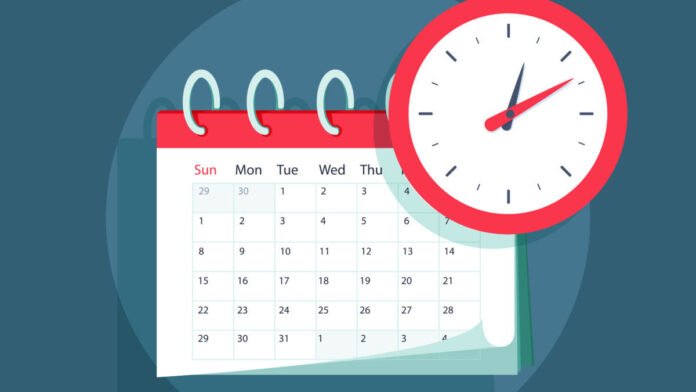
Implementing frequency capping is essential in your ad strategy arsenal to combat ad fatigue. This approach involves limiting how often a specific user sees your ad over a given period. The idea is to strike a balance between maintaining visibility and avoiding overexposure. By capping the frequency, you ensure your audience isn’t bombarded with the same ad, which can lead to disinterest or annoyance.
Ad scheduling complements frequency capping by allowing you to strategically display your ads at times when they are most likely to be effective. This involves analyzing your audience’s online behavior and identifying peak times when they are most active and receptive. For instance, scheduling your ads during evening hours or weekends might yield better engagement for specific demographics.
These techniques are not just about reducing annoyance among your audience; they’re also about optimizing your ad spend. Ensuring that your ads aren’t shown too frequently to the same people and displayed at optimal times improves the chances of engagement and conversion. This targeted approach maximizes the impact of your ads while conserving your budget, making your advertising efforts both efficient and effective.
5. Monitor and Analyze Ad Performance Regularly
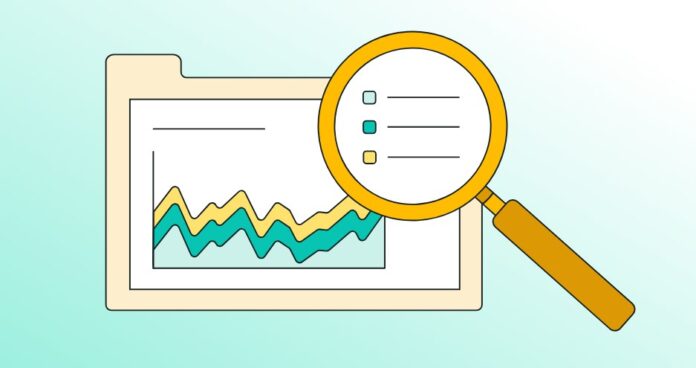
Consistent monitoring and analysis of your ad performance form the backbone of a responsive and effective advertising strategy. This ongoing process closely tracks key metrics such as click-through rates, engagement rates, and conversion rates. These metrics serve as indicators of how well your audience is responding to your ads. A declining CTR, for instance, might suggest that viewers are becoming less interested in your ads, signaling the onset of ad fatigue.
Regular analysis allows you to dive deeper into the performance of various ad elements. Are specific creatives, messages, or formats resonating better than others? Are there noticeable trends or patterns in audience engagement over time? This level of insight is invaluable for making data-driven decisions. It lets you identify which aspects of your campaign work well and which need tweaking or a complete overhaul.
The goal is to stay agile and responsive. When you notice signs of ad fatigue, you can quickly pivot your strategy – whether that means introducing new creatives, adjusting your targeting, or experimenting with different ad formats. This proactive approach ensures that your ads remain fresh, relevant, and engaging, maximizing their impact and effectiveness in reaching your marketing objectives.
Final Thoughts
Effectively incorporating these five strategies can significantly mitigate the risk of ad fatigue, keeping your advertising campaigns vibrant and engaging. It’s important to remember that in the ever-evolving digital marketing landscape, staying ahead requires creativity and a strategic approach. For optimal results in your advertising efforts, consider seeking guidance from seasoned experts with digital marketing solutions. Their professional assistance and innovative strategies, tailored to your unique business needs, can be invaluable in navigating the complexities of modern advertising and maximizing the impact of your campaigns.
